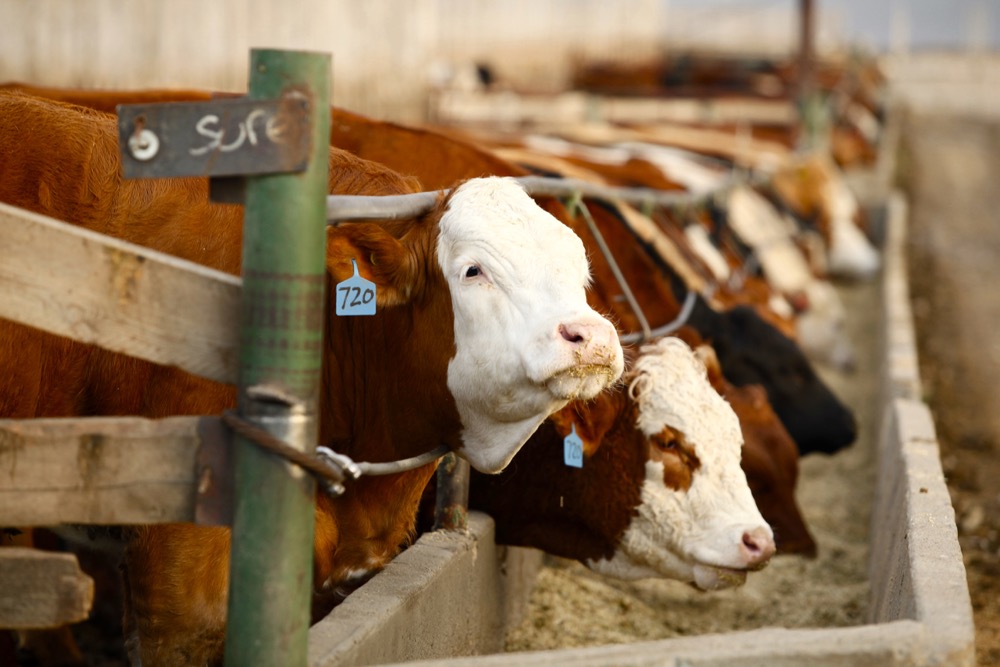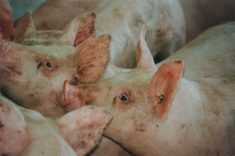A Vancouver Island farmers’ co-op says its small-scale federally-inspected abattoir is now open to provide needed slaughter capacity for island farmers.
The Vancouver Island Heritage Foodservice Co-op said Tuesday it has opened Island Ideal Meats at Valley View Farm, 10 km south of Nanaimo, with capacity to handle 20 head per week.
The abattoir will provide slaughter and custom cut-and-wrap services for all Vancouver Island producers, while providing patronage dividends to farmer members using the facility, the co-op said in a release.
Many farms on the island had “slowed or stopped” livestock production for want of slaughter capacity in the area, the Nanaimo-based co-op said.
Read Also

U.S. livestock: Cattle strengthen Tuesday
Cattle futures on the Chicago Mercantile Exchange were stronger on Tuesday, with cold temperatures hitting the northern U.S. Plains and…
“Locally-available food is in scarce supply on Vancouver Island,” project manager Sandra Mark said in the release. “We want to increase local food production to benefit farmers and consumers alike.”
Island Ideal Meats will allow the co-op to develop a line of value-added products, Mark said, noting the co-op’s next phase of development includes a processing plant for island-grown produce, which would allow it to develop products that use both local meats and vegetables.
“For now, we’re thrilled to have the Island Ideal Meats operation up and running and producing high-quality local meat,” she said.
The co-op launched with 35 members in 2008, with the stated goal of mobilizing partners to rebuild local food systems in the island coastal region.
According to the co-op’s website, its business plan includes providing distribution, warehousing and co-packing services aimed at the foodservice market, such as institutions and restaurants, and connecting non-profit organizations focused on health, food security, community economic development and climate change with farmers, alternative distributors, workers and co-packing kitchens in the region.
The co-op said it also plans to “engage First Nations in planning to once again produce food as an economic activity.”















